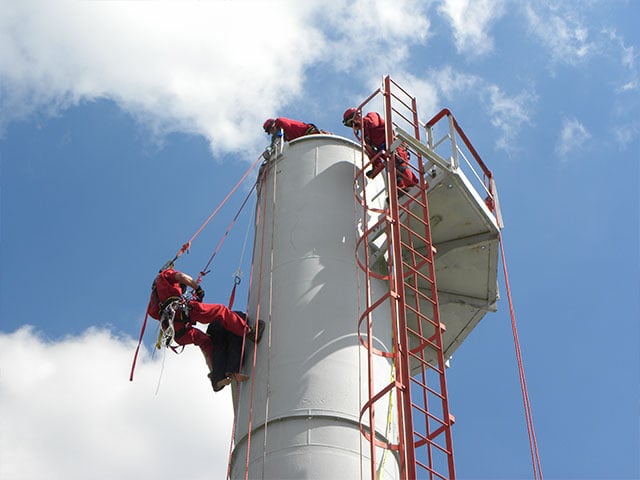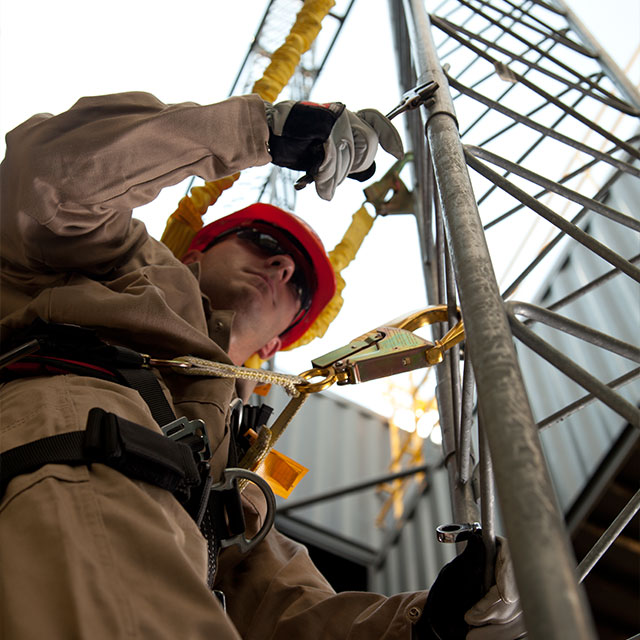 Deadline: January 3, 2014. There's only about 30 days left to submit your input on the proposed NFPA 350 Best Practices Guide for Safe Confined Space Entry and Work. If you are involved in any kind of confined space work or rescue (municipal or industrial), now is the time to offer your comments. While it is currently listed as a “Best Practices Guide,” that does not mean that at some point in the future it won’t possibly become an NFPA Standard. So, whether you agree or disagree, the time to offer your input is NOW!
Deadline: January 3, 2014. There's only about 30 days left to submit your input on the proposed NFPA 350 Best Practices Guide for Safe Confined Space Entry and Work. If you are involved in any kind of confined space work or rescue (municipal or industrial), now is the time to offer your comments. While it is currently listed as a “Best Practices Guide,” that does not mean that at some point in the future it won’t possibly become an NFPA Standard. So, whether you agree or disagree, the time to offer your input is NOW!
Public comment will be accepted online until January 3, 2014. Go to www.nfpa.org/350. In order to comment you must log in with your email and password - or you can quickly create an account.
Click here to download the PDF version. (Note: Download may take up to 3 minutes depending on your computer.)


 Suggested Operating Guidelines (SOG) - written directives that establish a standard course of action on how a department intends to operate.
Suggested Operating Guidelines (SOG) - written directives that establish a standard course of action on how a department intends to operate. n what they are about to teach? Have they been trained to identify the potential hazards involved in the training and emergency procedures? Do they have the knowledge to identify the proper and needed equipment to do the training? Have they been trained to identify safe areas to conduct the training?
n what they are about to teach? Have they been trained to identify the potential hazards involved in the training and emergency procedures? Do they have the knowledge to identify the proper and needed equipment to do the training? Have they been trained to identify safe areas to conduct the training?

 Lesson plans, outlines, and a system to qualify those who will be giving the instruction should be mandatory, especially when it comes to technical rescue training. Fire departments have a tendency to fall back on having the “experienced” guy train the “new” guy. Or, the line officer may be responsible for teaching a technique he is not totally familiar with. This works until somebody gets hurt. We all know that criminal and civil litigation issues can bury a department and its command staff.
Lesson plans, outlines, and a system to qualify those who will be giving the instruction should be mandatory, especially when it comes to technical rescue training. Fire departments have a tendency to fall back on having the “experienced” guy train the “new” guy. Or, the line officer may be responsible for teaching a technique he is not totally familiar with. This works until somebody gets hurt. We all know that criminal and civil litigation issues can bury a department and its command staff. Rescue Challenge 2013 opened this morning, with clear blue skies and delightful 72 degree weather.
Rescue Challenge 2013 opened this morning, with clear blue skies and delightful 72 degree weather.



